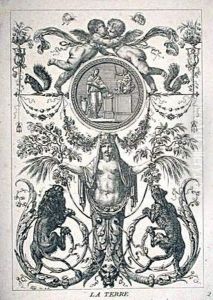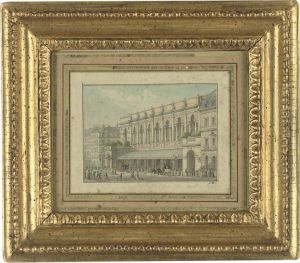Jean-Demosthene Dugourc Paintings
Jean-Demosthène Dugourc was a pivotal figure in the decorative arts and design during the late 18th and early 19th centuries. Born in France in 1749, his career spanned a period of considerable change in Europe, encompassing the end of the Ancien Régime, the French Revolution, and the Napoleonic era. Dugourc was not only a designer but also an architect and painter, showcasing a versatile talent that allowed him to excel in various domains of art and design.
Initially, Dugourc's work was heavily influenced by the Rococo style, characterized by its elaborate and ornate qualities. However, as his career progressed, he became a proponent of the Neoclassical movement, drawing inspiration from the art and architecture of ancient Greece and Rome. This shift reflected broader changes in European art and society at the time, as Neoclassicism came to symbolize the ideals of the Enlightenment and a return to classical thought.
Dugourc's contributions to the decorative arts were significant and varied. He designed a wide range of objects, from furniture and tapestries to porcelain and garden layouts. His designs often featured classical motifs, such as Greek key patterns and mythological scenes, which were executed with precision and elegance. One of his most notable commissions was for the Spanish court, where he served as a designer for the Royal Tapestry Factory in Madrid. Here, Dugourc created some of his most memorable works, which blended the grandeur of Neoclassicism with the intricate detail of earlier styles.
Despite his success, Dugourc's career was not without challenges. The turbulent political climate of France during his lifetime meant that he often had to navigate shifting patronage and changing tastes. Nonetheless, he managed to maintain a reputation as one of the premier designers of his time, respected by both his clients and his peers.
Jean-Demosthène Dugourc passed away in 1825, leaving behind a legacy that has had a lasting impact on the decorative arts. His ability to adapt and innovate within the evolving aesthetic landscapes of his time has made him a revered figure in the history of design. Today, his works are celebrated for their beauty and historical significance, offering insight into a transformative period in European art and culture.
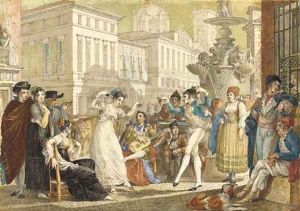
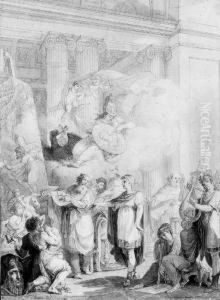
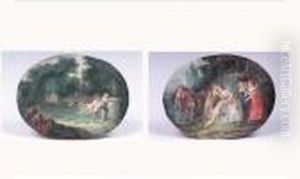
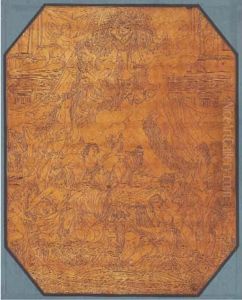
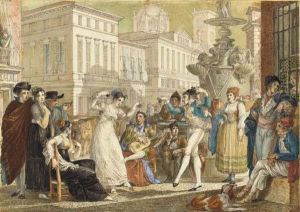
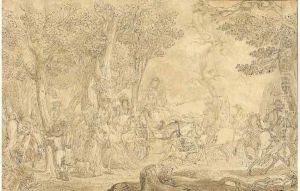
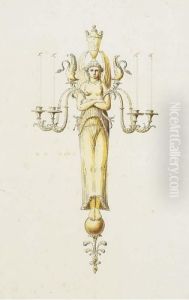
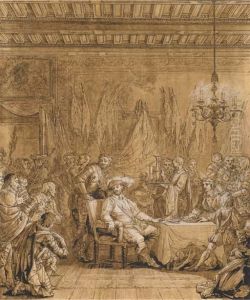
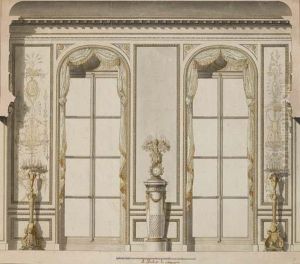
![Puntillero Donnant Le Coup De Grace A Un Taureau Dans Les Arenes Royales De Madrid [ ; Puntillero Giving A Death-blow To A Bull In The Royal Arenas Of Madrid ; Pen And Black Ink, Watercolour]](https://www.niceartgallery.com/imgs/551711/s/jeandemosthene-dugourc-puntillero-donnant-le-coup-de-grace-a-un-taureau-dans-les-arenes-royales-de-madrid-puntillero-giving-a-deathblow-to-a-bull-in-the-royal-arenas-of-madrid-pen-and-black-ink-watercolour-7c306fe.jpg)
